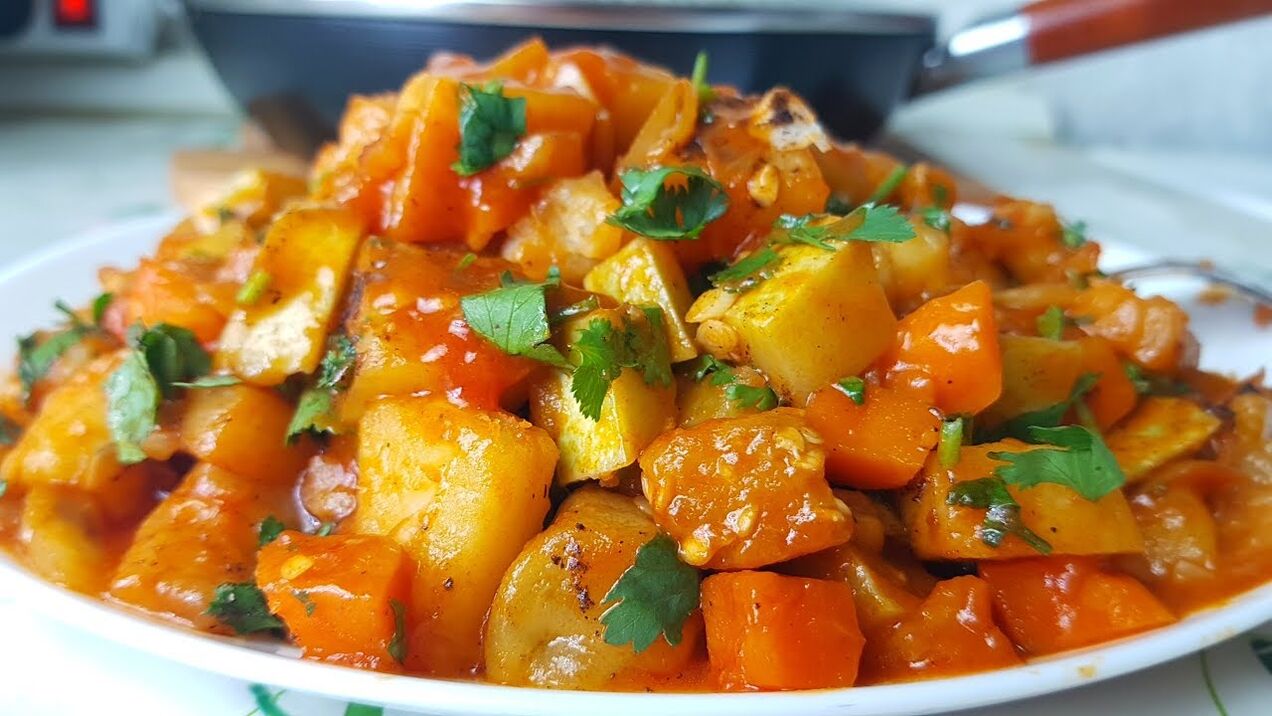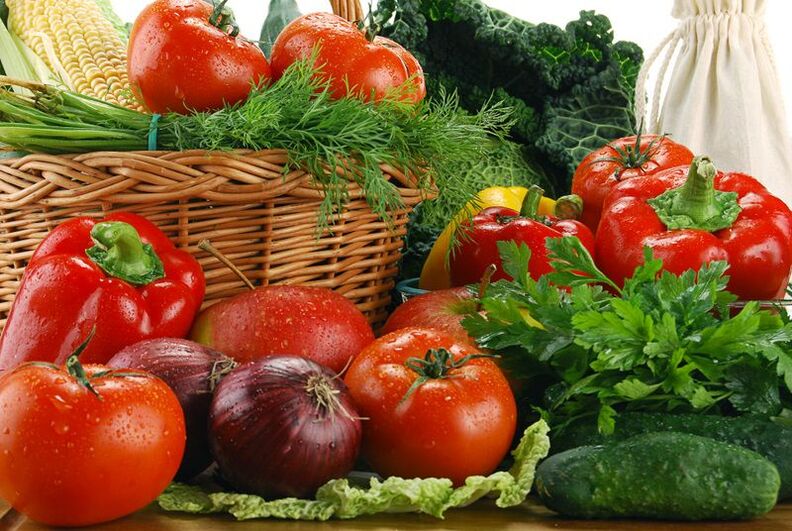Gout is caused by the accumulation of uric acid salts in the body. Most often, the attack occurs unexpectedly at night. At this time, the symptoms of gout include severe pain in the area of inflamed joints (usually the big toes), swelling and redness of the joints themselves, and general disorders such as fever, weakness, and abdominal pain.
Gout, diet and treatment are interrelated. Treating gout is a long process, but the priority is to stop the seizure itself and relieve the pain syndrome. Adequate nutrition is very important in the future, as a decrease in the consumption of products containing uric acid salts (urates) will lead to a slower development of the disease. Gout nutrition is an issue that deserves increased attention, as normalization of nutrition contributes to rapid recovery and increases the time interval between disease relapses. Gout products can only be consumed for sure, so there are a number of rules to know about patients ’menus and nutrition.
Menu and diet
First, we look at the main points of the diet and find out what diet the patient should follow in case of gout. Doctors recommend that patients exclude animal proteins from their diet, but they are not only dangerous for gouts - animal fats and easily digestible carbohydrates are also dangerous.

Gouty food should be common, but should be eaten in small portions. Thus, the patient should eat five to six times during the day and have a fast at least once a week.
You can enjoy fresh vegetables and fruits on fast days. Moreover, they can be raw or cooked (but without salt). It is important to note here that you only eat one type of vegetable or fruit during the day, such as baked potatoes or raw apples.
In addition, there is a very popular option for the day of fasting - rice and apples. It is clear from the name that on this day the patient must eat rice and apples, but the rice cake itself must be properly prepared. So to cook your rice for a fasting day, you need to cook 75g of rice in 750ml of milk - it’s a serving of food a day. Porridge should be eaten three times a day. The apples can be eaten up to 250 g, it is best to boil them or make a sugar-free compote.
Of course, despite the many exceptions described below, the gout menu cannot be unanimous, and this is very important because the organization needs to get all the materials it needs. Therefore, you need to ensure a balanced diet.
Gout recipes
Here are some gout recipes that are both healthy and delicious.
Vegetarian borsch. To make pepper, you need the following products: 160 g of beets, 160 g of potatoes, 60 g of carrots, 140 g of white cabbage, 40 g of onions, 100 g of fresh tomatoes, 25 g of parsley, 40 g of sour cream.
Boil the beets separately in half and grate them on a coarse grater. Then put all the vegetables (including the beets) in a bowl, add water and cook until everything is ready. Serve the peppercorns on the table, season with sour cream and add chopped parsley.
Another recipe allowed by the gout diet is the potato soup recipe. So potato soup is made from the following products: water, potatoes, ½ eggs, butter, flour, sour cream (25 g), herbs.

The cooking process is very simple - peel and cook the potatoes, drain the water into a separate bowl and rub through a sieve. Then you need to make the sauce by drying the flour in the oven and diluting it in 40 g of potato soup, then bring to a boil. Mix the potato soup, mashed potatoes and the prepared sauce, add the eggs and butter. Bring the whole thing to a boil again and serve, season with sour cream and add herbs.
Of course, the gout diet is not monotonous at all, and according to this, patients can consume not only liquid foods, but also a variety of cereals and garnishes. Here are some examples of second courses that can be incorporated into patients ’diets.
Vegetable stew. For cooking, take 6 potatoes, 3 carrots, 1 onion, 1 glass of green peas, 1 tablespoon. a spoonful of butter, 100 g of sour cream and a pinch of salt.
Finely chop the onion and fry in oil, then add the diced carrots to the pan and simmer. When the carrots have softened, add the cooked green peas, boiled and diced potatoes, sour cream and salt and then simmer all the ingredients for about 15 minutes.
A gouty diet allows patients to eat their porridge. For example, buckwheat. So you can cook buckwheat porridge as follows: Pour 50 g of buckwheat into 100 g of water, add a pinch of salt, mix and cover the dish over medium heat. Once the porridge has absorbed all the water, cook on low heat for 20-30 minutes. Add 4 g of butter to the finished porridge.
Mineral water, especially medicinal, has a very good effect in the treatment of gout. Gouty mineral water can be used daily as a drink and fast - only medicinal mineral water should be drunk during the day.
There are many other recipes for gout that can be easily found online or in the literature. However, this shows that the menu is very varied and you can choose the right food for everyone. Nevertheless, there are forbidden foods against gout and this should always be remembered.
What to eat in case of gout
So we first look at what to eat for gout and then list the foods you can’t eat for gout.

Gout patients can consume any vegetable from their diet almost without fear. The only exceptions are spices (such as radishes and horseradish) and sorrel, celery, spinach and cauliflower.
In addition, the gouty diet allows you to consume any fruit, including exotic ones (grapefruit, orange, tangerine). You can eat low-fat milk and dairy products (low-fat cottage cheese and kefir). Chicken and especially quail eggs are very useful.
Fats can be a little butter and any vegetable oil. Whole grains, natural bees and walnuts are highly recommended.
In summary:
- vegetables (except spices);
- fruits, berries;
- low fat dairy products;
- drinking a lot of fluids;
- eggs and boiled chicken.
What not to eat in case of gout
Knowing what foods you can eat for gout, now consider what you can’t eat for gout. Therefore, patients with gout are strictly prohibited from consuming any type of smoked meat. Meat and fish are allowed in very small amounts, but salt should be completely excluded from the diet if possible.
Gout foods also completely exclude foods such as:
- puppet,
- pea,
- mushroom,
- puppet,
- Salo,
- spices (excluding bay leaves and vinegar).
You should not drink tea or coffee, alcoholic beverages or carbonated water. Broths and even broths as well as chocolate and cocoa are prohibited.
Thus, following all the dietary recommendations can improve the patient's condition and stop the development of gout.






























